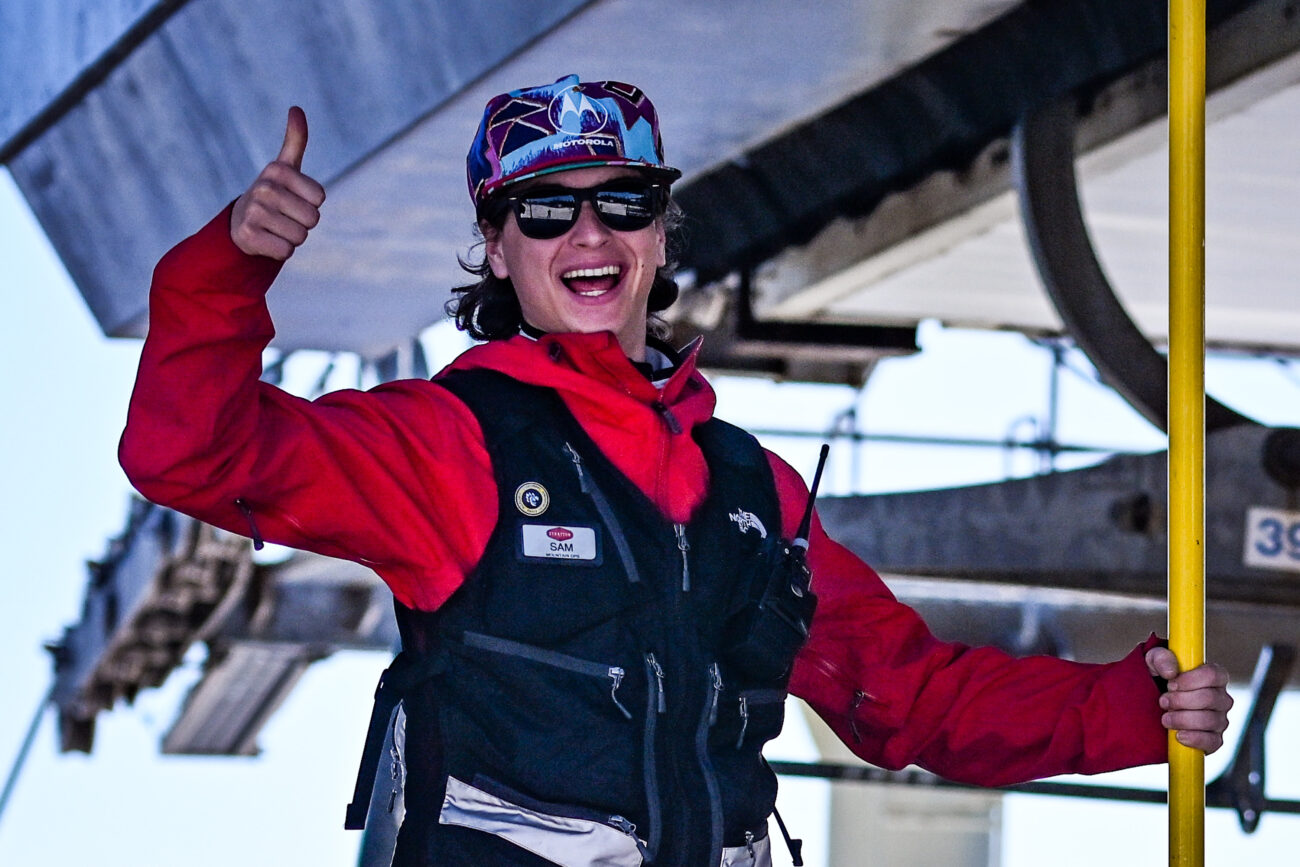If you’re a Stratton employee, or even a guest for that matter, there is a good chance that you know Sam Altavilla. Over the years, Sam has made a name for himself among the Stratton Mountain community and beyond, taking on a number of important roles in the realms of ski patrolling, lift operations and information technology.
Before Sam embarks on the next step in his ski resort-industry journey with our friends out at Deer Valley, we wanted to sit down and have a chat with him about his time with us here in southern Vermont; how he got started, what he’s been up to and where he’s headed in the future!

Can you tell me a little bit about your upbringing, specifically around skiing?
I grew up in Central Massachusetts and got started skiing at a very small mountain by the name of Ski Ward in Shrewsbury Mass, which had one triple chair and a handful of runs. I learned to ski there when I was in second or third grade, and then progressed to Wachussett Mountain where I ran our high school ski club. Fourth or fifth grade is when I started coming to Vermont to ski on the weekends.
When did you start at Stratton and what was your first role?
I started 6 years ago as a volunteer ski patroller. I was 14 at the time.
How did you get into ski patrolling?
There was a young adult patrol program through Stratton, so I came up that first winter, did some skiing with patrol and then spent that next summer learning the ropes and taking the course. I started volunteer ski patrolling the following winter and continued in that role for the next 2 seasons.
What roles did you undertake following your time as a patroller?
I moved into the resort dispatcher role, which I did for two and a half, call it three years. In the summer times, I was picking up shifts as a lift operator which I continued doing up until last year when I took my current position as IT and Telecommunications Specialist.
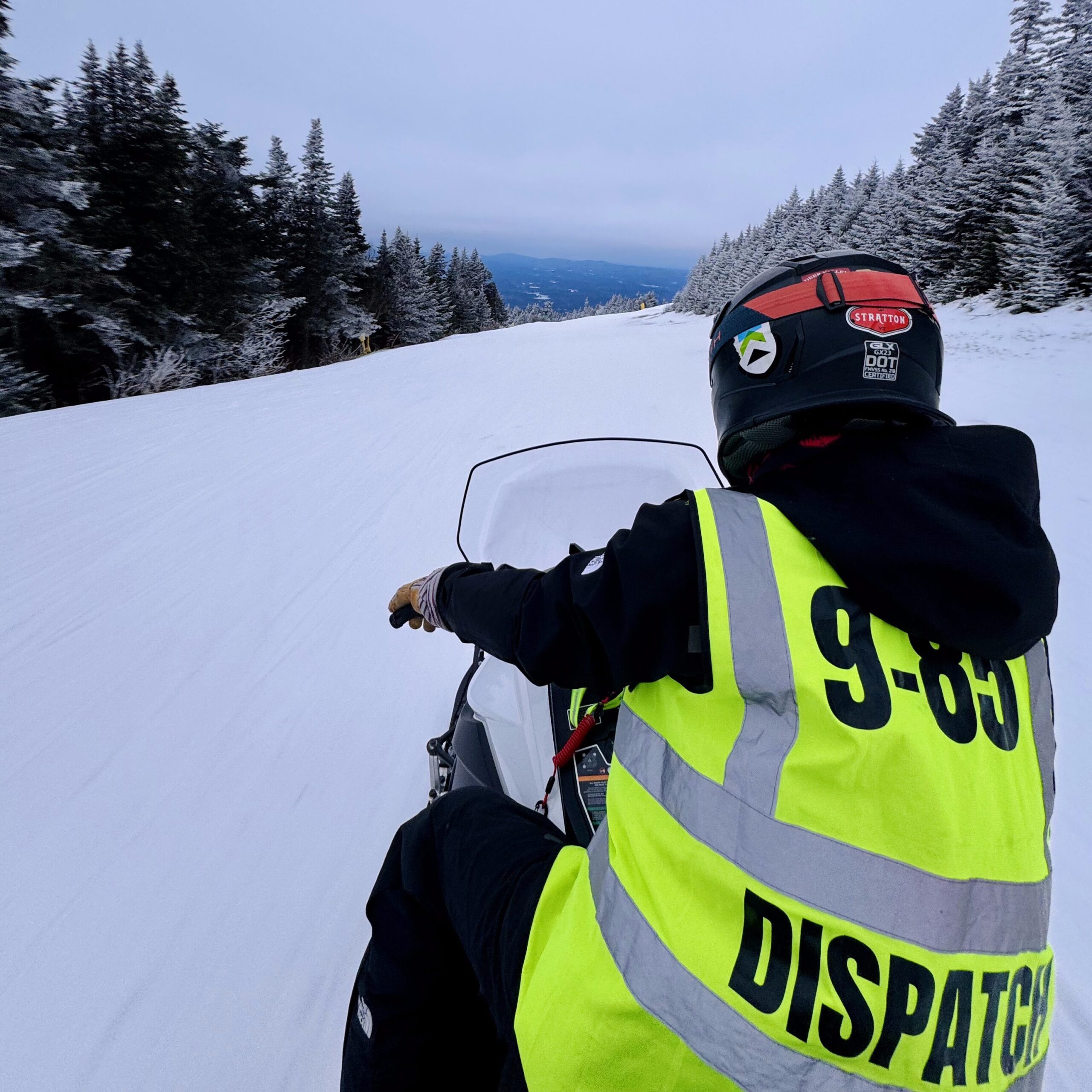
What was the draw to a role in IT?
I always had a sort of technical approach to things. I don’t know if you want to call it an ‘expertise’, but that was kind of my thing throughout school. I was always good with technology and would help out friends and family with stuff like that. I took a couple computer science courses in high school and whatnot. But, you know, I came here because I like skiing and I like the outdoors, but as I progressed through my various jobs, I came to realize that there’s a lot of technology that goes into making this whole thing work; a lot of it is technologically-centered.
Can you tell me about the lift simulation project you’ve been working on?
Our American Express chairlift just underwent a complete overhaul which involved Doppelmayr coming in and taking out all the pre-existing electronic components of the lift and putting in a brand new control system; basically the brains of the lift. Upon them completing that process, I had the opportunity to take some of the industrial components and parts of the old control system that our lift ops team no longer needed. I then just laid all of it out on my desk and said to myself, “What am I going to do with all this?”
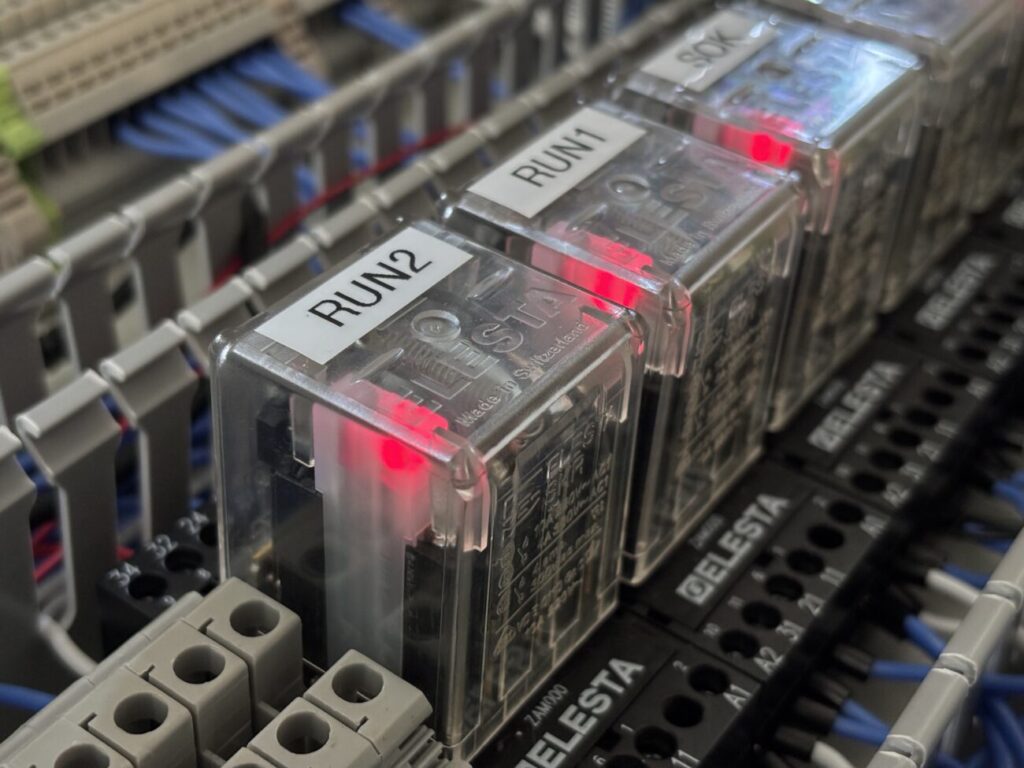

I figured I might as well make something that’s useful to somebody, so I began building a sort of replica control panel of a chair lift, which was partly because I wanted to challenge myself and I also wanted to teach myself some of the basics of low voltage control systems. I bought a plastic enclosure off of Amazon, drilled some holes, cleaned up some switches and just started wiring stuff with a power supply and a pair of wire strippers. I started drawing out schematics in a notebook and next thing I knew, I was actually making something that looked legit.
Upon finishing the project I decided that I didn’t want it to just sit in my house and figured it would be of better use at the mountain where it came from. So I made the decision that I would essentially donate it to the lift ops department and let them use it as a training tool. It’s all wired up and essentially simulates the basic functions of a lift control system; your stop circuit and resetting and starting of a lift, which is enough to train a newbie operator; the basic stuff that you can’t really do hands on without being at a real chair lift. Nothing is going to happen if you mess up; it’s just a couple buttons in a plastic enclosure; might as well learn on that before you go and put your hands on a million dollar piece of equipment.

The physical panel I built actually interfaces into a closed computer simulation that I developed years ago which replicates some of our lifts and terrain allowing you get real-time, visual feedback as you’re pushing the buttons. It’s a close enough representation of things in real life, as far as it being a training tool goes which is where I see this being useful. You can make mistakes and nothing’s going to happen because it’s just a a simulation. I think the fact that someone can learn the basics of operating a chair lift on something that was built with parts that came from a real Stratton chair lift is a cool full circle moment.

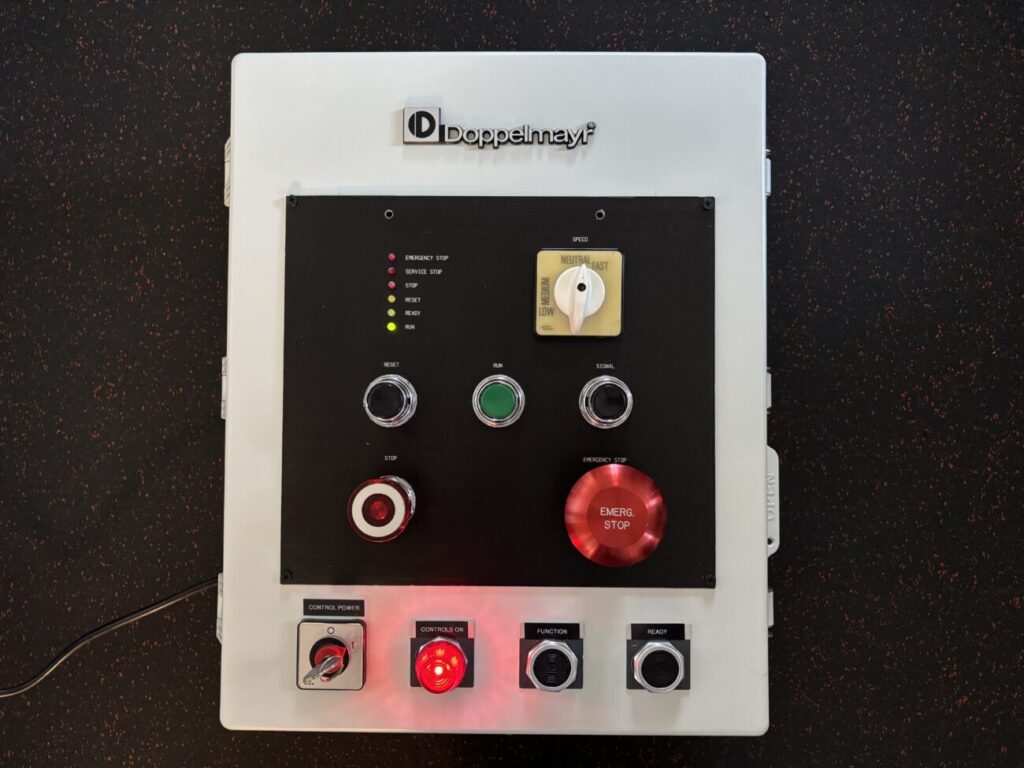
What’s your favorite trail at Stratton?
If glades count, Kidderbrook Ravine is one of my favorite areas to ski. If I had to pick a marked trail, Sunbeam. You know what else was really good this year was Ricks Catch 22 and Rising Star.
What’s your favorite lift at Stratton?
I’d have to say Shooting Star. It’s quiet and gets you to some of the best terrain on the mountain. The cliff drop at Tower 3 is pretty fun to both ski and spectate.
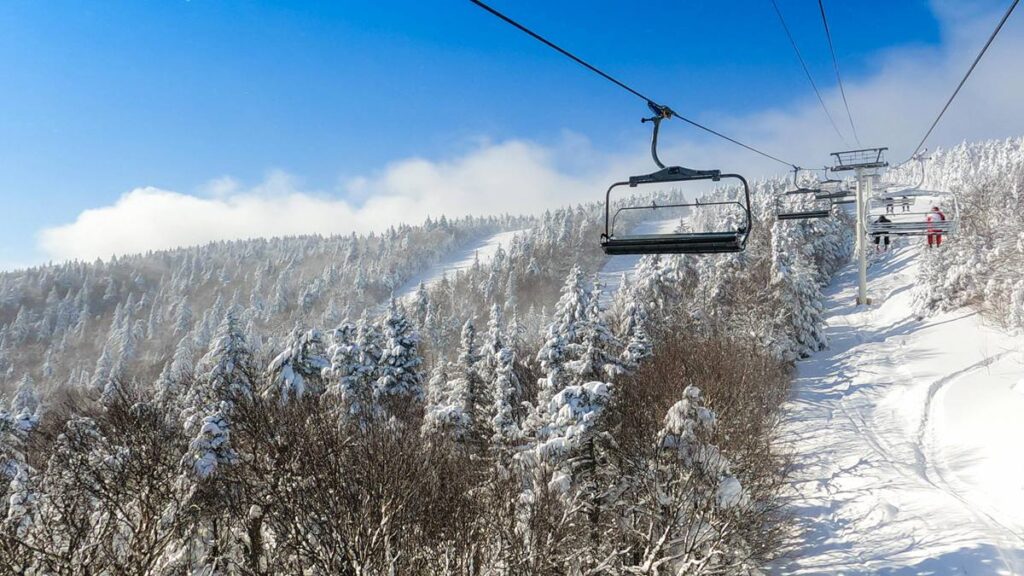
One piece of advice for someone who is trying to work in the industry
Talk to as many people as you can. If you’re interested in something, stop and ask someone about it. Chances are that person is here because they had the same interests. A lot of where I am today is a result of me just talking to people.
What’s next for Sam Altavilla?
I’m looking forward to be heading out to Deer Valley where I’ll be helping them get started with a new radio system and dispatch operation. I see myself staying with Alterra for a while, as they’ve treated me well over the years and continue to value me as an employee in the ski resort industry.

Sam went on to explain that although he is excited about taking his next step in the ski resort-industry, he can see himself ending up back where it all started here in southern Vermont. In the meantime, thank you Sam for everything you’ve done for us here at Stratton Mountain and we wish you the best of luck in your future endeavors. Your future is bright and full of pow days.
Published by Harley Smith on 10/15/2025
